Top 10 Cat Foods in Malaysia
Choosing the right cat food provides essential nutrients that support their well-being, helping to prevent health issues and promote a long, active life.
Table of Content
- Why Is Choosing the Right Cat Food Important?
- Wet vs. Dry Cat Foods: Key Differences
- Dietary Changes for Cats Through Their Life Cycle
- How to Read Cat Food Labels
- Common Mistakes When Choosing Cat Food
- Is Homemade Cat Food a Good Idea?
- Regional Cat Food Trends in Malaysia and Singapore
- Top 10 Cat Foods in Malaysia
Why Is Choosing the Right Cat Food Important?
Cats are obligate carnivores, requiring specific nutrients found primarily in animal-based proteins. Their unique dietary needs mean that the quality of their food directly impacts their health and well-being.
Essential Nutrients
High Protein Requirement: Cats need a diet rich in protein. The Association of American Feed Control Officials (AAFCO) recommends that adult cat food contain at least 26% protein on a dry matter basis, while kittens require a minimum of 30% to support proper growth and development.
Taurine: This essential amino acid is crucial for heart function, vision, and reproduction. A deficiency can lead to dilated cardiomyopathy (a form of heart disease) and retinal degeneration. Commercial cat foods are fortified with taurine to meet these needs.
Fatty Acids: Essential fatty acids like arachidonic acid and linoleic acid are vital for maintaining healthy skin and a shiny coat. Cats cannot produce sufficient amounts on their own and must obtain them from their diet.
Vitamins and Minerals: Cats require preformed vitamin A and niacin because they cannot convert them from plant-based sources like some other animals can.
Health Implications of Inadequate Nutrition
Obesity: Approximately 59.5% of cats in the United States are overweight or obese, according to a 2020 survey by the Association for Pet Obesity Prevention. Obesity increases the risk of diabetes, joint problems, and can shorten a cat’s lifespan.
Kidney Disease: Chronic kidney disease is common in older cats. Diets high in quality proteins and low in phosphorus can help manage or reduce the risk of kidney issues.
Urinary Tract Health: Imbalances in minerals such as magnesium and phosphorus can contribute to urinary tract infections and the formation of bladder stones. Proper hydration and balanced nutrition are key preventive measures.
Digestive Issues: Low-quality cat foods may contain fillers and artificial additives that can cause gastrointestinal problems, including vomiting and diarrhea.
Benefits of High-Quality Cat Food
Improved Longevity: Feeding your cat a balanced, nutrient-rich diet can contribute to a longer, healthier life.
Enhanced Energy Levels: Adequate nutrition supports a healthy metabolism, keeping your cat active and playful.
Disease Prevention: Meeting all of your cat’s nutritional requirements can reduce the risk of common feline diseases, potentially saving on veterinary costs over time.
Better Coat and Skin Health: Sufficient intake of essential fatty acids and vitamins leads to a shiny coat and healthy skin, reducing issues like shedding and dermatitis.
Economic Considerations
While premium cat foods may have a higher upfront cost, they often prove to be more economical in the long run by minimizing health issues that require veterinary attention.
Investing in high-quality food is an investment in your cat’s long-term health.
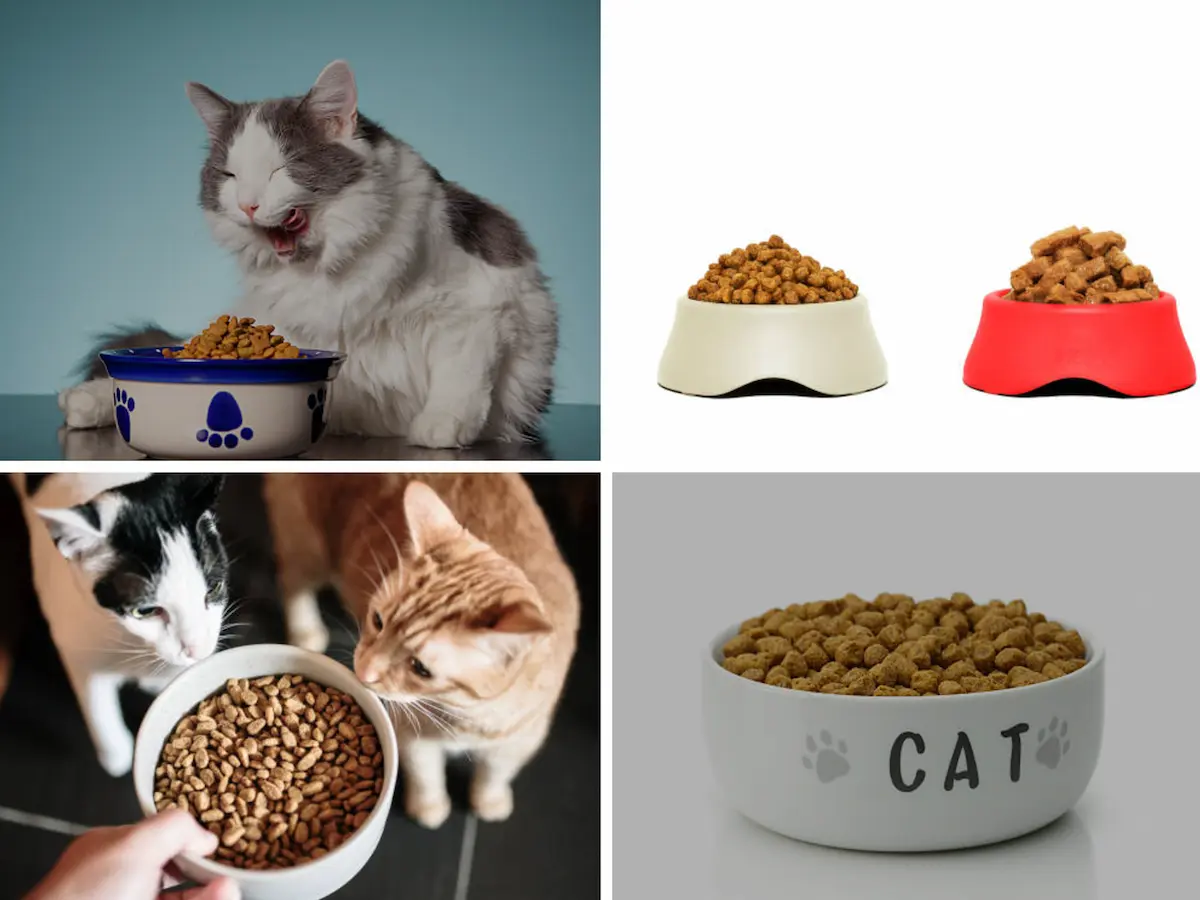
Wet vs. Dry Cat Foods: Key Differences
When it comes to feeding your cat, the choice between wet and dry food often depends on your cat’s preferences, dietary needs, and your convenience.
Wet Cat Food: Packed with moisture (around 70-80%), wet food is ideal for cats who don’t drink enough water. It helps keep cats hydrated and supports urinary tract health. Wet food is also highly palatable, making it great for picky eaters.
Dry Cat Food: Dry kibble, with about 10% moisture, is convenient for long-term storage and portion control. It helps reduce tartar buildup on teeth and is often more cost-effective. However, it’s essential to ensure cats eating dry food have access to fresh water.
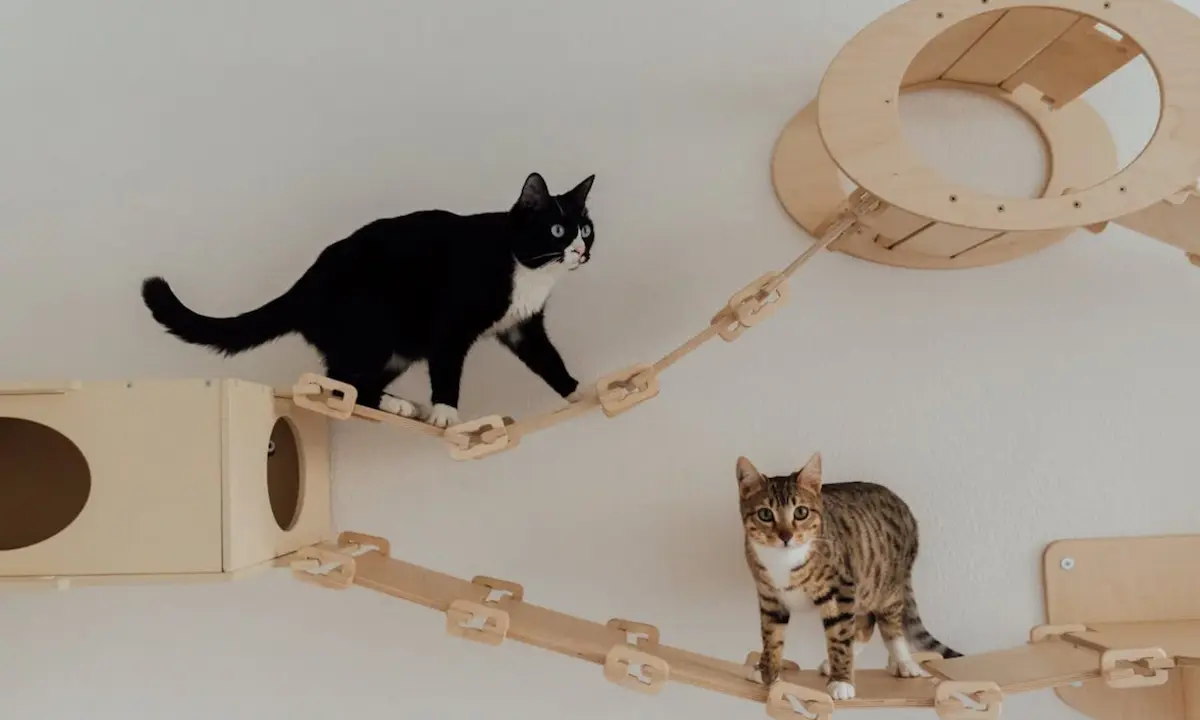
Dietary Changes for Cats Through Their Life Cycle
Just like humans, cats have changing nutritional needs as they grow older. Understanding these shifts is essential to keep your feline friend healthy at every stage of their life.
Kittens (0–12 months)
In their first year, kittens experience rapid growth and development. They need a diet that’s high in protein and fat to support their energetic play and the building of strong muscles and bones.
Nutrients like DHA, an omega-3 fatty acid, are crucial during this time because they aid in brain and vision development.
Since kittens have smaller stomachs but high energy requirements, feeding them frequent small meals throughout the day ensures they get the nourishment they need without overloading their digestive systems.
Adult Cats (1–7 years)
As cats transition into adulthood, their growth slows, and their dietary needs shift toward maintenance. A balanced diet with moderate levels of protein, fat, and carbohydrates helps sustain their energy levels and keeps their weight in check.
If your cat is an indoor feline, they might be less active than outdoor cats and may require fewer calories to prevent weight gain.
Paying attention to portion sizes and adjusting their food intake based on activity levels can make a significant difference in their overall health.
Senior Cats (7+ years)
When cats reach their senior years, they often become less active and may experience changes in metabolism and digestion.
A diet that’s lower in calories can help prevent weight gain, which is important because extra weight can exacerbate health issues like diabetes or arthritis.
Including ingredients like glucosamine in their food can support joint health, making it easier for them to move around comfortably. Antioxidants are also beneficial at this stage, as they help bolster the immune system against age-related challenges.
Regular veterinary check-ups become increasingly important to tailor their diet to any specific health needs they might have.
How to Read Cat Food Labels: Decoding Ingredients
Understanding cat food labels can help you make informed decisions about your pet’s diet. Here’s how to decode the key components:
Named Proteins: Look for named proteins like “chicken,” “turkey,” or “salmon” as the first ingredient. Avoid generic terms like “meat meal” or “by-products.”
Healthy Fats: Fats like fish oil and chicken fat are essential for a shiny coat and energy. Omega-3 and Omega-6 fatty acids are particularly beneficial.
No Fillers: Avoid excessive fillers such as corn, soy, or wheat, which offer little nutritional value.
Natural Preservatives: Choose products with natural preservatives like Vitamin E or Vitamin C instead of artificial ones like BHA or BHT.
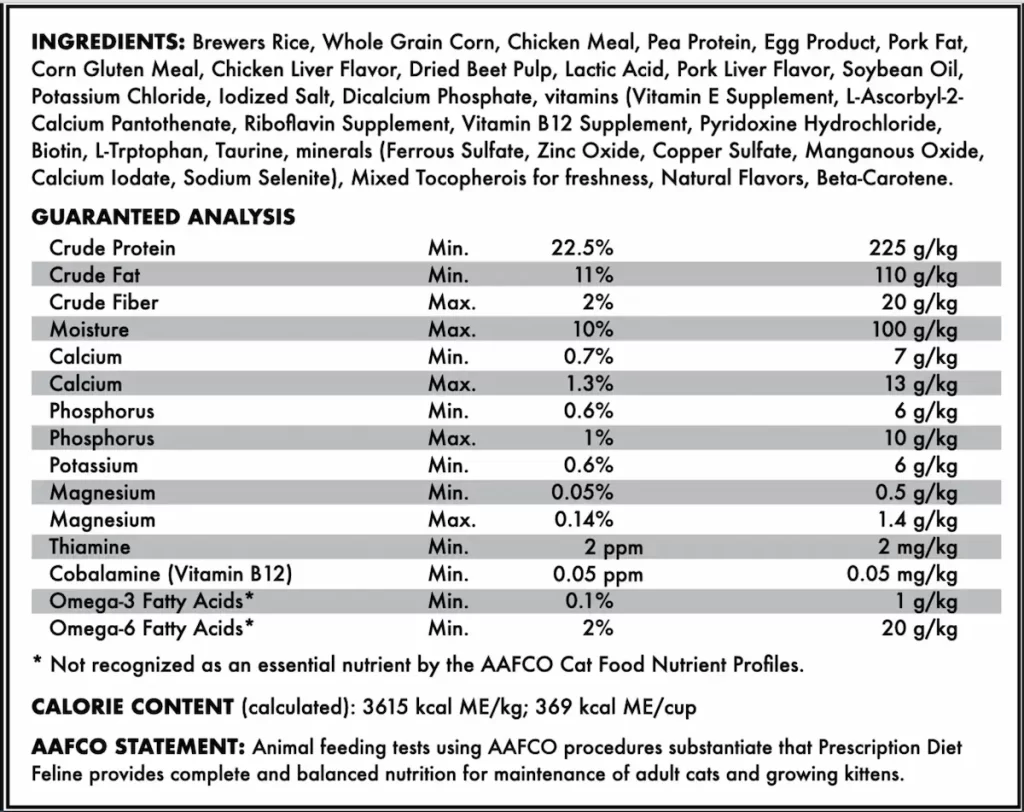
Top 10 Cat Foods in Malaysia
Royal Canin Feline Health Nutrition
Best For: All cat breeds
Key Benefits: Tailored to different cat life stages (kitten, adult, senior)
Price: RM50–RM200 (depending on size)
Royal Canin is known for its breed-specific and life-stage formulations. It includes a balance of proteins, fats, and carbohydrates to support a healthy lifestyle for your cat.
Hill’s Science Diet
Best For: Cats with specific health conditions
Key Benefits: Supports weight management and sensitive stomachs
Price: RM70–RM250
Recommended by veterinarians worldwide, Hill’s Science Diet focuses on clinically proven nutrition, ideal for cats with unique dietary needs such as weight control or digestive sensitivities.
Whiskas Dry Cat Food
Best For: Budget-friendly option
Key Benefits: Affordable and widely available
Price: RM20–RM50
Whiskas is a household name and a favorite for cat owners on a budget. While affordable, it provides essential nutrients to keep cats healthy and happy.
Pro Plan by Purina
Best For: High-protein diet
Key Benefits: Contains real meat as the first ingredient
Price: RM50–RM180
Pro Plan is designed to boost your cat’s immune system, improve digestion, and provide overall vitality. It is rich in Omega-3 fatty acids for a shinier coat.
Fancy Feast Gourmet
Best For: Picky eaters
Key Benefits: Offers a wide variety of flavors
Price: RM4–RM8 per can
Fancy Feast is perfect for cats who are finicky eaters. With gourmet flavors and textures, it’s a meal your cat will eagerly devour.
Blackwood Cat Food
Best For: Cats with allergies
Key Benefits: Made with limited ingredients
Price: RM70–RM180
Blackwood uses slow-cooking methods to retain natural nutrients, making it suitable for cats with food sensitivities and allergies.
IAMS Proactive Health
Best For: Energy and activity
Key Benefits: Packed with high-quality animal protein
Price: RM30–RM100
IAMS promotes healthy bones, muscles, and overall activity, making it great for playful and energetic cats.
Brit Care Cat Food
Best For: Cats with urinary health issues
Key Benefits: Low magnesium formula
Price: RM60–RM150
Brit Care is crafted with a focus on urinary health and weight control, ensuring long-term well-being for your feline friend.
Wellness CORE Grain-Free
Best For: Grain-intolerant cats
Key Benefits: 100% grain-free
Price: RM80–RM300
Wellness CORE eliminates grains to help with digestion while offering a high-protein formula. It is made with natural ingredients for better overall health.
Applaws Natural Cat Food
Best For: Natural ingredients
Key Benefits: Contains up to 80% protein
Price: RM20–RM70
Applaws uses limited ingredients and no artificial additives, ensuring your cat gets the purest nutrition without unnecessary fillers.
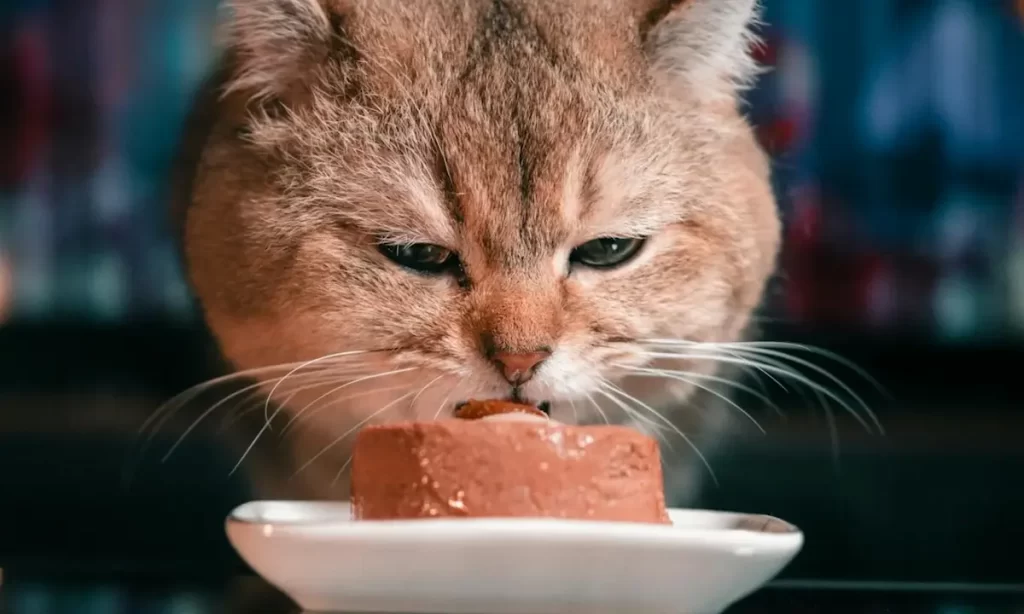
Tips for Choosing the Best Cat Food
Selecting the right food for your cat can feel overwhelming with so many options available. Here are some practical tips to help you make the best choice for your feline friend.
Consider Your Cat’s Age, Health, and Activity Level
Just like humans, cats have different nutritional needs depending on their life stage and lifestyle. Kittens require nutrient-rich food to support their growth, while adult cats need a balanced diet to maintain their health.
Senior cats might need food that’s easier to digest and supports joint health. If your cat is highly active or more of a couch potato, their calorie needs will vary accordingly.
Tailoring their diet to these factors ensures they get the right nutrients and energy levels.
Check for Allergies and Special Dietary Needs
If your cat has shown signs of food sensitivities or allergies—such as itching, vomiting, or diarrhea—it’s important to choose hypoallergenic formulas or foods designed for sensitive stomachs.
Ingredients like grain, dairy, or certain proteins can be common allergens. Consulting with your veterinarian can help identify any specific dietary restrictions and guide you toward suitable options.
Read the Ingredient List Carefully
The ingredient list is a valuable tool for assessing the quality of a cat food. Look for high-quality proteins like “chicken,” “turkey,” or “salmon” listed as the first ingredient.
This indicates that the food is primarily made from real meat, which is essential for your cat’s health.
Be wary of foods that list fillers like “corn,” “soy,” or “wheat” high on the list, as these offer little nutritional value and can sometimes cause digestive issues.
Consult with Your Veterinarian
Every cat is unique, and what works for one might not work for another. Your veterinarian can provide personalized recommendations based on your cat’s specific health needs, weight, and any medical conditions.
Regular check-ups can also help you adjust their diet as needed over time.
Consider Trial and Observation
Sometimes, finding the perfect cat food requires a bit of experimentation. Introduce new foods gradually and observe how your cat responds in terms of appetite, energy levels, and overall health.
If you notice positive changes, you’ve likely found a good match. If not, don’t hesitate to try other options until you find the right fit.
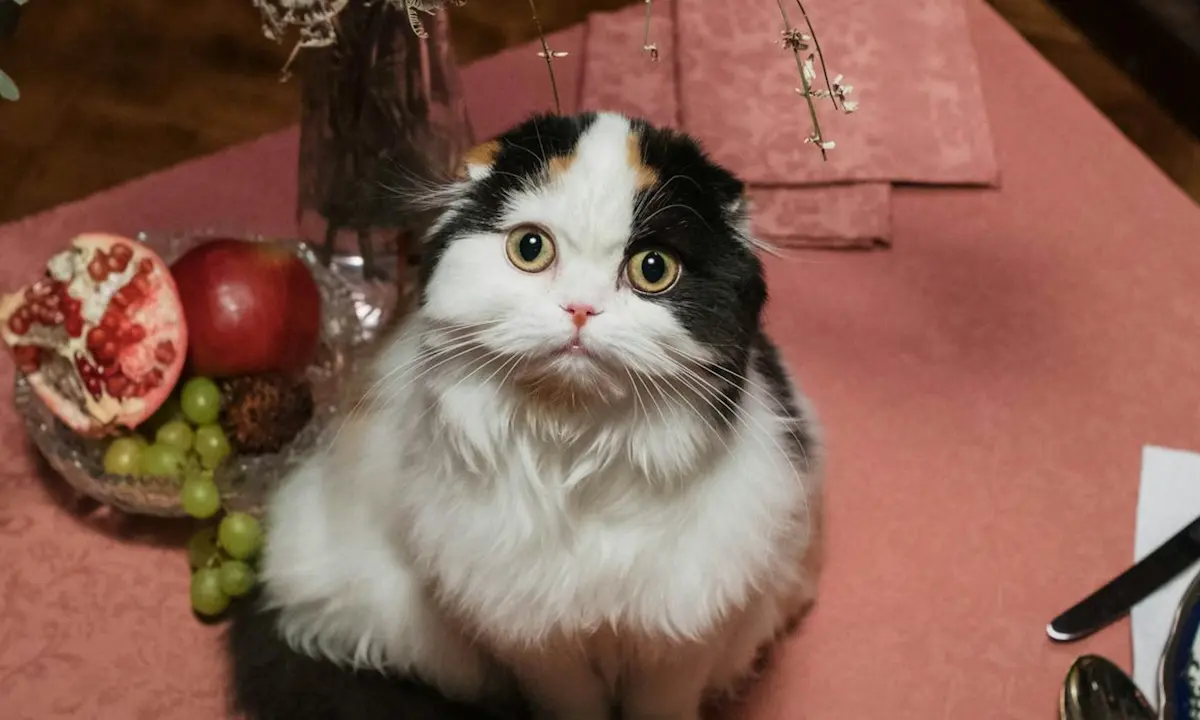
Common Mistakes When Choosing Cat Food
Even the most attentive pet owners can make mistakes when selecting cat food. Being aware of these common pitfalls can help you make better choices for your feline companion.
Overfeeding
It’s easy to overfeed cats, especially when food is left out all day for them to graze on. Cats often eat more than necessary if given the chance, which can lead to obesity.
An overweight cat is at higher risk for health issues like diabetes, joint problems, and a shorter lifespan.
To prevent overfeeding, follow the recommended portion sizes on the cat food packaging and adjust as needed based on your cat’s activity level and weight. Measuring their food and establishing regular feeding times can make a significant difference in maintaining a healthy weight.
Skipping Vet Consultations
Before making any significant changes to your cat’s diet, it’s crucial to consult with a veterinarian. This is especially important if your cat has existing health conditions like kidney disease, diabetes, or food allergies.
A veterinarian can provide personalized dietary recommendations that cater to your cat’s specific needs, ensuring they receive all the necessary nutrients without exacerbating any health issues.
Ignoring Water Intake
Cats on a dry food diet require ample water to stay properly hydrated. Insufficient water intake can lead to dehydration and increase the risk of urinary tract issues, such as urinary crystals or kidney problems.
Always make sure fresh water is readily available for your cat. You might consider using a cat water fountain to encourage them to drink more, as cats are often attracted to moving water. Incorporating wet food into their diet can also help boost their overall moisture intake.
Neglecting Life Stage Needs
Feeding your cat food that’s not appropriate for their life stage can result in nutritional imbalances. Kittens, adult cats, and senior cats have different dietary requirements.
For instance, kittens need more protein and calories to support their rapid growth and development, while senior cats may benefit from diets lower in calories but higher in certain nutrients like fiber and antioxidants.
Always choose a cat food formulated specifically for your cat’s current life stage to ensure they’re getting the right balance of nutrients.

Is Homemade Cat Food a Good Idea?
Preparing homemade cat food gives you complete control over the ingredients, allowing you to provide fresh, high-quality meals tailored to your cat’s specific needs.
However, this approach comes with significant challenges that require careful consideration.
Pros of Homemade Cat Food
Fresh Ingredients: Using fresh, high-quality ingredients ensures your cat gets the best possible nutrition without unwanted additives or preservatives.
No Preservatives or Fillers: Homemade diets eliminate artificial preservatives, colors, and fillers that are often found in commercial cat foods.
Customization: You can tailor the diet to accommodate food allergies, sensitivities, or specific health conditions your cat may have.
Cons of Homemade Cat Food
Nutritional Balance: Cats require specific nutrients like taurine, vitamin D, and omega-3 fatty acids, which must be carefully balanced in a homemade diet. Without precise formulation, deficiencies can occur, leading to serious health issues like heart disease, bone disorders, and vision problems.
Complexity: Formulating a nutritionally complete and balanced diet for cats is complex and time-consuming. It requires a deep understanding of feline nutritional requirements and often the inclusion of specific supplements.
Cost and Time: Preparing homemade meals can be more expensive and time-consuming than purchasing commercial cat food, due to the cost of ingredients and the effort involved in meal preparation.
Consulting a Professional
If you’re considering a homemade diet for your cat, it’s crucial to consult a veterinary nutritionist. They can help you create recipes that meet all of your cat’s nutritional needs, ensuring the diet is both safe and beneficial.
Professional guidance helps prevent nutrient deficiencies and excesses, keeping your cat healthy in the long term.
Conclusion
While homemade cat food offers the advantage of ingredient control and customization, it comes with the significant responsibility of ensuring nutritional adequacy.
Without proper planning and expert input, homemade diets can do more harm than good. Always prioritize your cat’s health by seeking professional advice before making the switch to homemade meals.
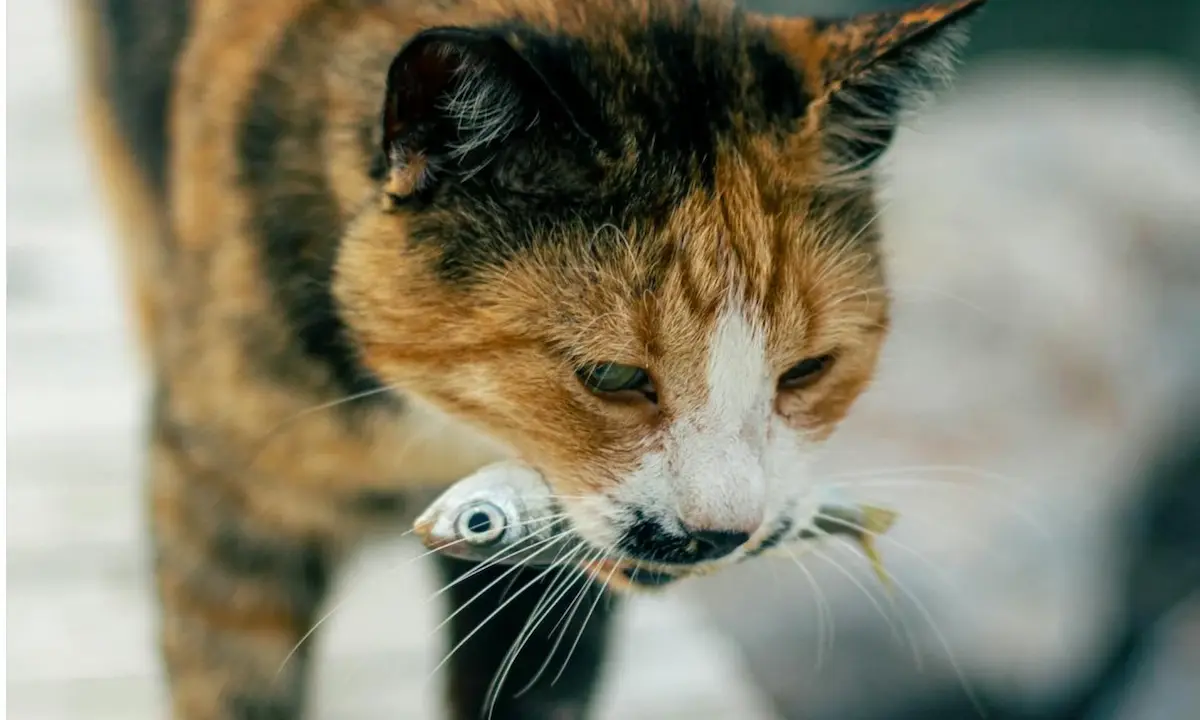
Regional Cat Food Trends in Malaysia and Singapore
Pet owners in Malaysia and Singapore are increasingly prioritizing their pets’ health, leading to noticeable shifts in the cat food market.
Let’s explore some of the notable trends shaping feline nutrition in these regions.
Grain-Free Diets
As obligate carnivores, cats thrive on diets rich in animal proteins. Grain-free formulas have gained popularity because they align closely with a cat’s natural dietary needs.
By eliminating grains like wheat, corn, and soy, these diets focus on high-quality protein sources and are believed to be easier for cats to digest.
This can be particularly beneficial for cats with grain sensitivities or allergies, helping to reduce digestive issues and improve overall health.
Natural and Organic Ingredients
There’s a growing demand for cat foods made with natural, sustainably sourced, and organic ingredients. Pet owners are becoming more conscious of what goes into their cats’ meals, preferring options free from artificial colors, flavors, and preservatives.
Brands that emphasize ethically sourced meats and non-GMO vegetables are gaining traction.
This shift reflects a broader trend toward holistic wellness, with pet owners seeking to provide diets that are as close to nature as possible.
Specialized Formulas
Specialized cat food formulas are on the rise, catering to specific health needs and life stages. Diets designed for issues like hairball control, urinary tract health, or weight management are becoming more prevalent.
Hairball Control: Foods enriched with fiber help reduce hairball formation by promoting healthy digestion.
Urinary Health: Formulas with controlled mineral levels support urinary tract function and can prevent the formation of urinary crystals.
Weight Management: Lower-calorie options help indoor or less active cats maintain a healthy weight.
These targeted diets allow pet owners to address health concerns proactively through nutrition.
Premium and Imported Brands
An increasing interest in premium and imported cat food brands is evident. Pet owners are willing to invest more in high-quality products that promise better health outcomes for their cats.
Brands from countries known for stringent quality standards, such as Japan, the United States, and European nations, are particularly sought after.
Online Purchasing and Subscription Services
The convenience of online shopping has extended to pet food, with many owners opting for online purchases and subscription services.
This trend offers benefits like home delivery, bulk purchasing options, and access to a wider variety of products that may not be available in local stores.
Emphasis on Functional Nutrition
Functional nutrition focuses on foods that provide health benefits beyond basic nutrition.
Ingredients like antioxidants, omega fatty acids, and probiotics are sought after for their roles in supporting immune function, skin and coat health, and digestive wellness.
Pet owners are increasingly educated about these ingredients and look for them when selecting cat food.
Regional Cat Food Trends in Malaysia and Singapore
Pet owners in Malaysia and Singapore are increasingly prioritizing their pets’ health, leading to noticeable shifts in the cat food market. Let’s explore some of the notable trends shaping feline nutrition in these regions.
Grain-Free Diets
As obligate carnivores, cats thrive on diets rich in animal proteins. Grain-free formulas have gained popularity because they align closely with a cat’s natural dietary needs.
By eliminating grains like wheat, corn, and soy, these diets focus on high-quality protein sources and are believed to be easier for cats to digest.
This can be particularly beneficial for cats with grain sensitivities or allergies, helping to reduce digestive issues and improve overall health.
Natural and Organic Ingredients
There’s a growing demand for cat foods made with natural, sustainably sourced, and organic ingredients. Pet owners are becoming more conscious of what goes into their cats’ meals, preferring options free from artificial colors, flavors, and preservatives.
Brands that emphasize ethically sourced meats and non-GMO vegetables are gaining traction.
This shift reflects a broader trend toward holistic wellness, with pet owners seeking to provide diets that are as close to nature as possible.
Specialized Formulas
Specialized cat food formulas are on the rise, catering to specific health needs and life stages. Diets designed for issues like hairball control, urinary tract health, or weight management are becoming more prevalent.
Hairball Control: Foods enriched with fiber help reduce hairball formation by promoting healthy digestion.
Urinary Health: Formulas with controlled mineral levels support urinary tract function and can prevent the formation of urinary crystals.
Weight Management: Lower-calorie options help indoor or less active cats maintain a healthy weight.
These targeted diets allow pet owners to address health concerns proactively through nutrition.
Premium and Imported Brands
An increasing interest in premium and imported cat food brands is evident. Pet owners are willing to invest more in high-quality products that promise better health outcomes for their cats.
Brands from countries known for stringent quality standards, such as Japan, the United States, and European nations, are particularly sought after.
Online Purchasing and Subscription Services
The convenience of online shopping has extended to pet food, with many owners opting for online purchases and subscription services.
This trend offers benefits like home delivery, bulk purchasing options, and access to a wider variety of products that may not be available in local stores.
Emphasis on Functional Nutrition
Functional nutrition focuses on foods that provide health benefits beyond basic nutrition.
Ingredients like antioxidants, omega fatty acids, and probiotics are sought after for their roles in supporting immune function, skin and coat health, and digestive wellness.
Pet owners are increasingly educated about these ingredients and look for them when selecting cat food.
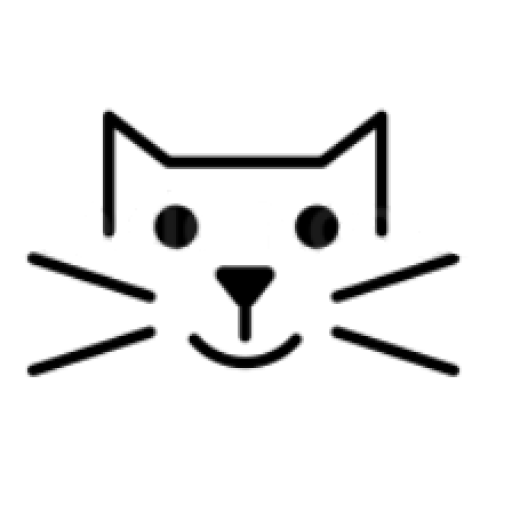
Wrapping It Up
Your cat deserves the best nutrition for a happy and healthy life. By choosing from our top picks, you can ensure they receive the nutrients they need.

Hi, this is a comment.
To get started with moderating, editing, and deleting comments, please visit the Comments screen in the dashboard.
Commenter avatars come from Gravatar.